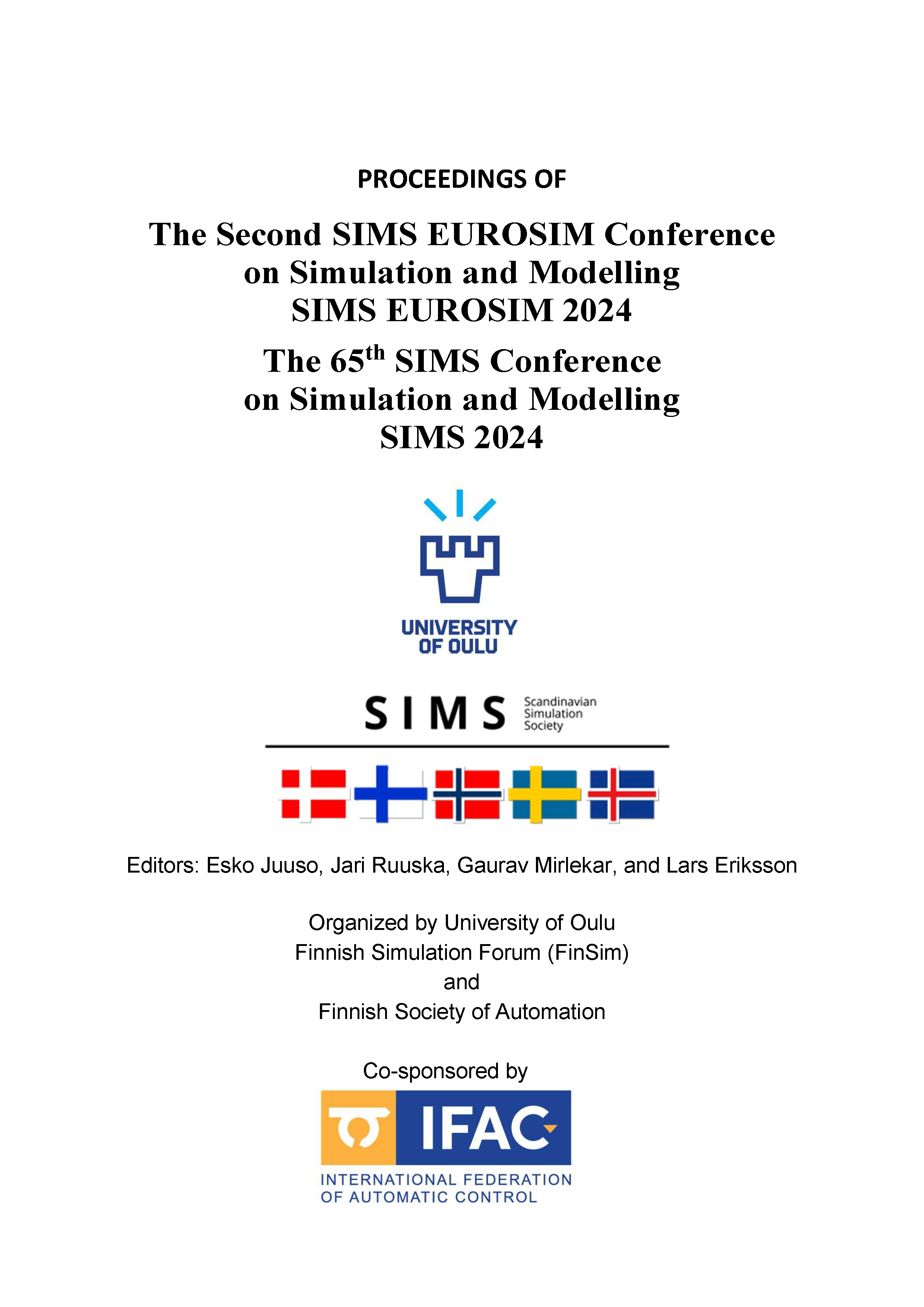Renewable Energy Resource Risk Quantification and Mitigation Assessment for Mining Micro-Grid
DOI:
https://doi.org/10.3384/ecp212.001Keywords:
Miningrenewable resource riskresource reliabilitysustainable energyAbstract
As one of the most energy-intensive industries, mining accounts for over one-third of industrial final energy consumption. With the growing mineral demand, combined with declining ore grades, it is expected that the energy demand in mining will only grow, potentially increasing its already large greenhouse gas footprint. With rising energy costs, renewable energy presents a viable option not only to improve the environmental footprint but also to reduce overall costs with optimized operation of mines. While renewable energy generators i.e., solar photovoltaics and wind turbines offer numerous benefits like modularity, environmentally friendliness, and natural availability; the major drawbacks are their temporal intermittency and seasonal and long-term variability. Hence, these generators pose a resource risk that the actual quantity of wind and solar irradiation can be less than expected. The resource risk imposes uncertainty in short-, medium- & long-term energy generation and consumption. Hence such risk needs to be actively considered and mitigated during the evaluation and operational phase of renewable or hybrid energy system projects. This paper provides a comprehensive review of renewable resource risk quantification techniques. Subsequently, a list of renewable energy resource risk quantification methods is discussed i.e., renewable reliability (i.e., the percentage of demand met by renewables), energy deficit and energy oversupply index, probability of exceedance (PoE) for annual energy production (AEP), probability of generating at least k MW of renewable power, capacity factor. Finally, some selected matrices are used to assess the effect of different risk mitigation options, e. g. the optimal size of energy storage.Downloads
Published
2025-01-13
Issue
Section
Papers
License
Copyright (c) 2025 Moksadur Rahman, Stefan Thorburn

This work is licensed under a Creative Commons Attribution 4.0 International License.

